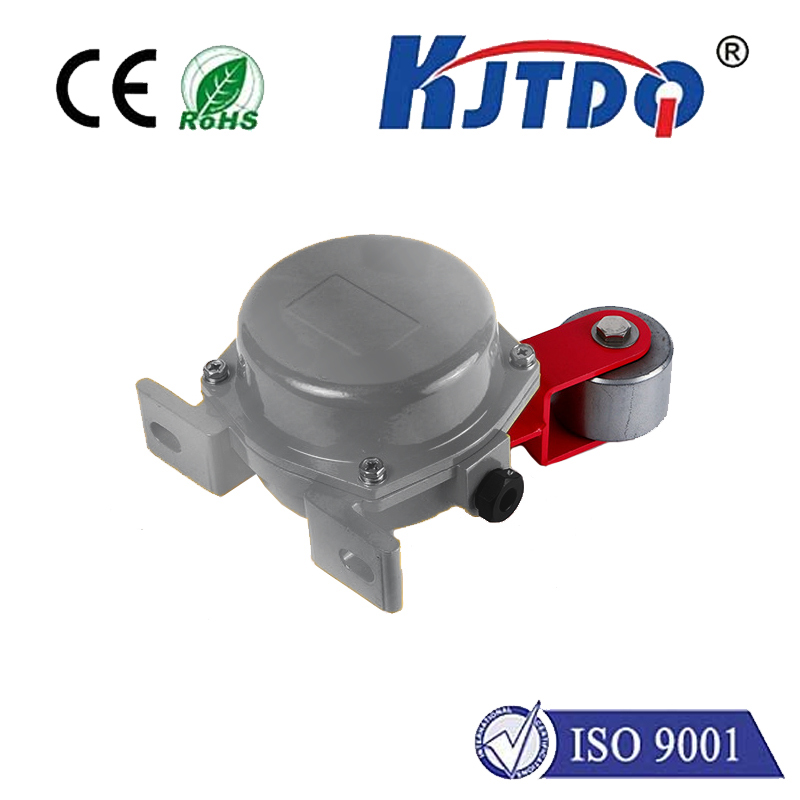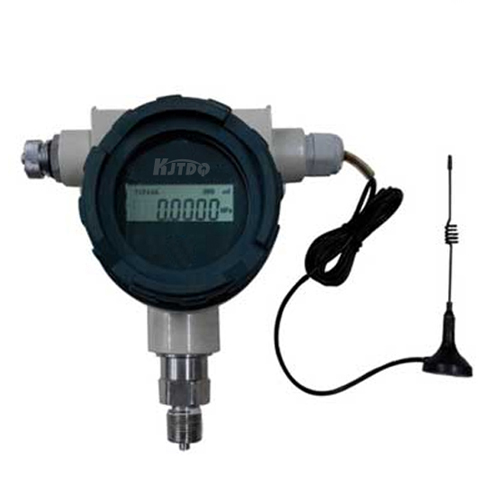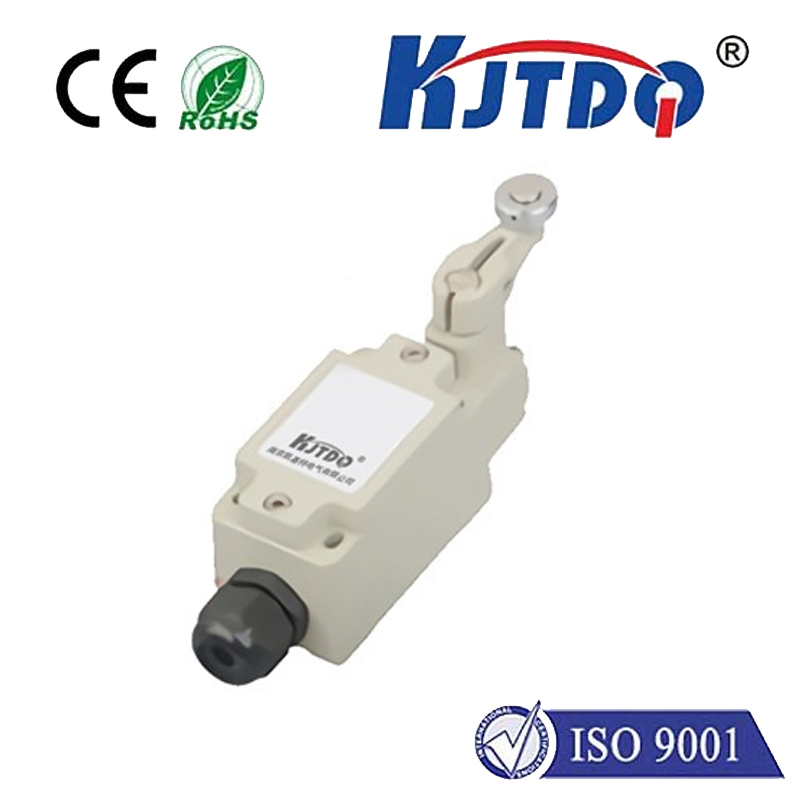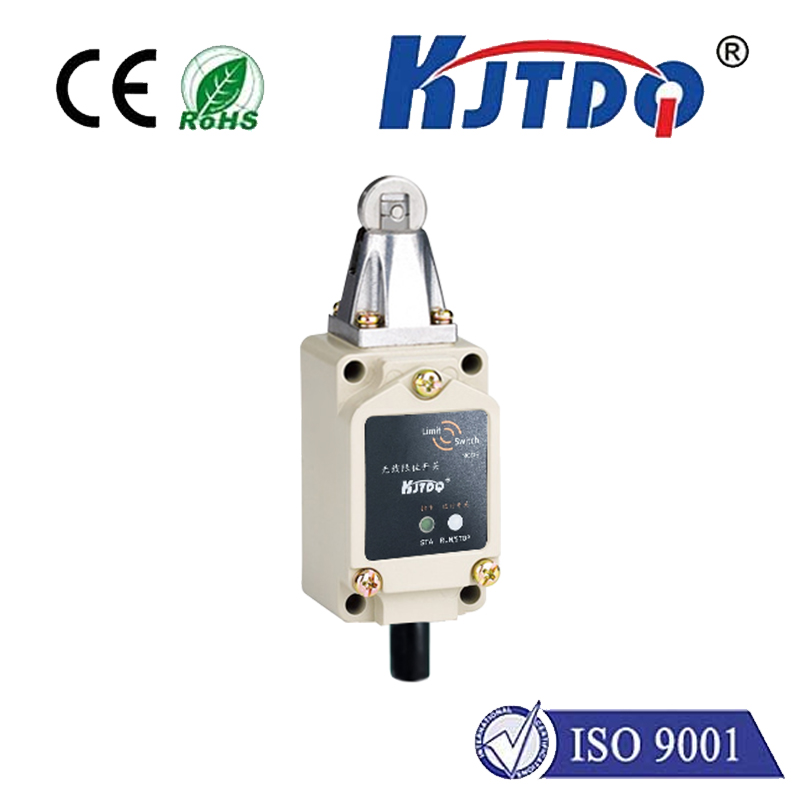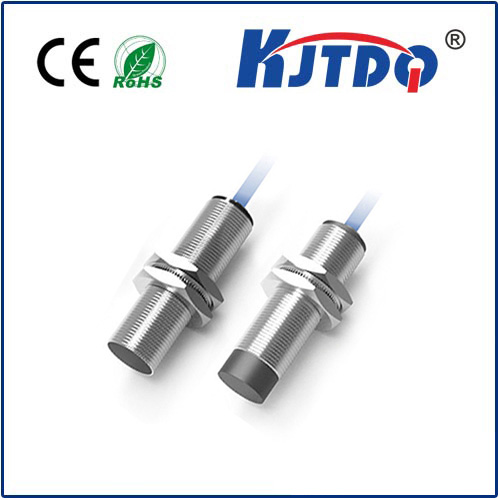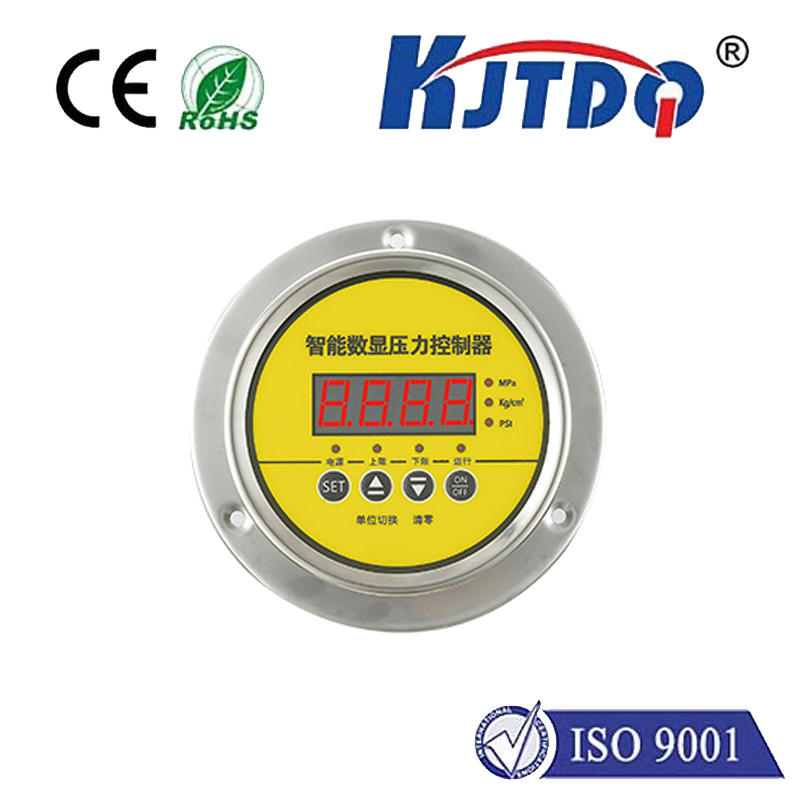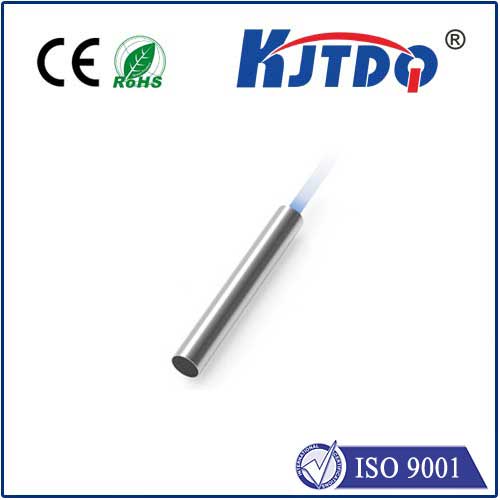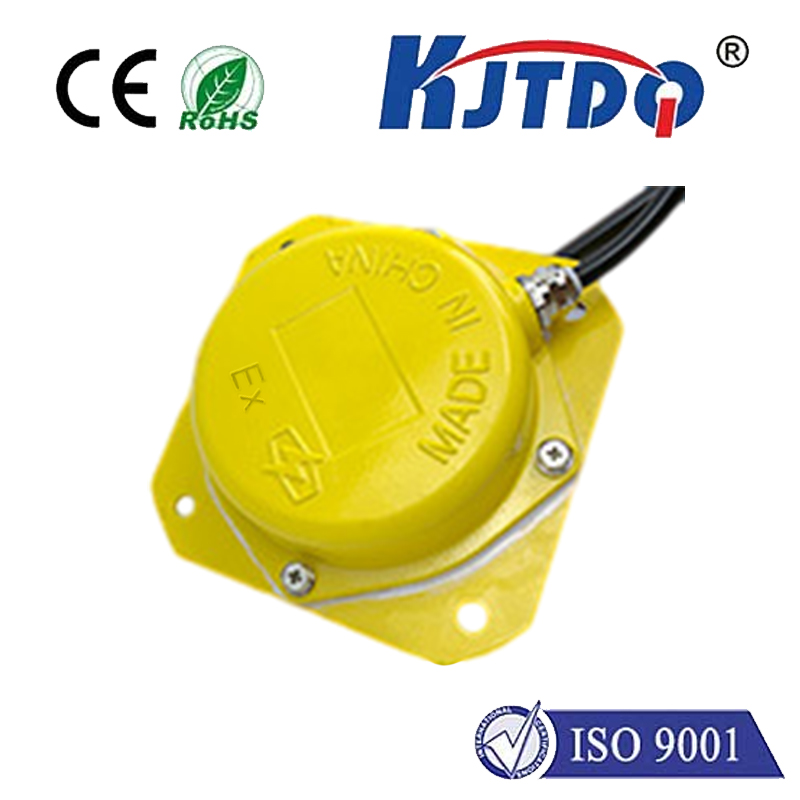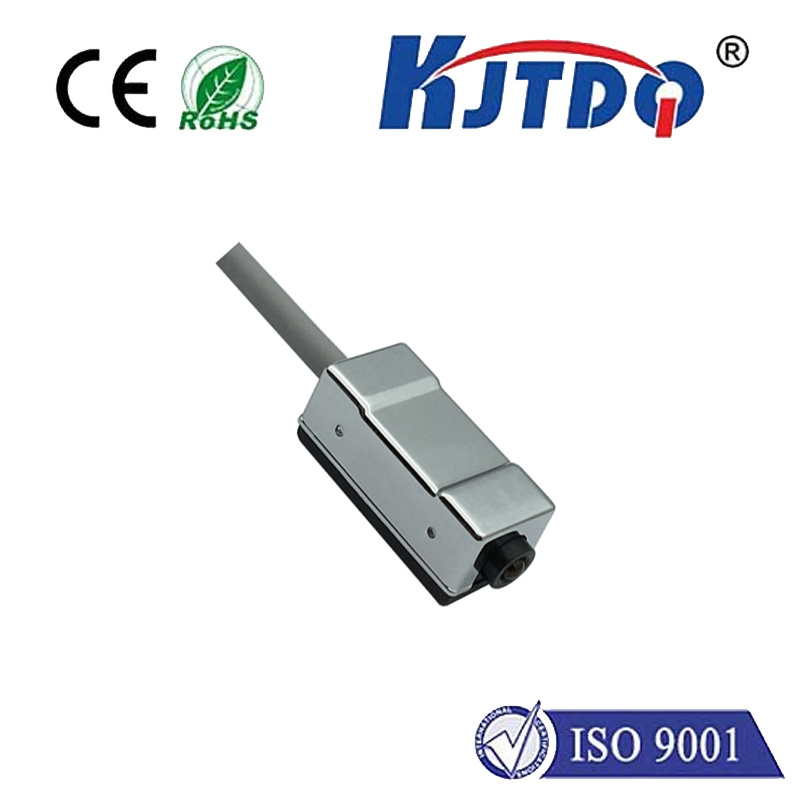cylinder proximity sensor
- time:2025-06-12 20:01:35
- Click:0
Cylinder Proximity Sensors: The Silent Guardians of Precision Motion Control
The relentless drive towards smarter, faster, and more reliable automation hinges on one critical factor: knowing exactly where things are. In the pulsating heart of countless machines – from high-speed packaging lines to powerful robotic arms – hydraulic and pneumatic cylinders provide essential linear motion. Ensuring these cylinders operate with pinpoint accuracy and unwavering reliability demands robust sensing solutions. Enter the cylinder proximity sensor: an unassuming yet indispensable component silently enabling modern industrial efficiency.
Unlike their mechanically actuated predecessors (limit switches), cylinder proximity sensors employ non-contact technology to detect the position of a cylinder’s piston rod or integrated target magnet. This fundamental difference unlocks a world of advantages critical for demanding industrial environments. They sense the presence or absence of a metallic target or magnetic field using principles like eddy currents (inductive sensors) or magnetic field sensing (reed or Hall effect sensors), triggered as the piston reaches a predefined point in its stroke.
Why Cylinder Proximity Sensors are Indispensable:

- Unparalleled Reliability & Longevity: By eliminating physical contact, these sensors sidestep the primary failure modes of mechanical switches – wear, tear, bouncing contacts, and damage from shock or vibration. This translates directly to significantly reduced maintenance costs and downtime, a critical metric for any production facility. Their solid-state design often guarantees millions of reliable switching cycles.
- High-Speed Operation & Precision: Non-contact sensing enables detection at incredibly high speeds, essential for modern fast-cycling machinery. They provide repeatable, precise position feedback down to sub-millimeter levels, ensuring consistent operation cycle after cycle.
- Robustness in Harsh Environments: Engineered for the realities of industrial floors, quality cylinder proximity sensors boast impressive ingress protection ratings (commonly IP67, IP68, or IP69K), shielding them from dust, water, oils, and coolant splashes. Many offer exceptional resistance to vibration, shock, and high temperatures, thriving where mechanical switches falter.
- Simplified Installation & Flexibility: Most sensors feature threaded barrels (M8, M12, M18, M30) allowing easy integration directly into cylinder ports or mounting brackets. This facilitates adjustable sensing positions without complex mechanical linkages. Tubular designs slide neatly into cylinder grooves.
- Electrical Versatility: Available in diverse configurations (NPN/PNP, NO/NC) and voltage ranges (commonly 10-30V DC), they integrate seamlessly with a vast array of Programmable Logic Controllers (PLCs) and control systems.
Key Technologies for Cylinder Position Sensing:
- Inductive Proximity Sensors: The most common type for detecting ferrous metals (iron, steel). When a metal target enters their electromagnetic field, it causes a detectable disturbance. Ideal for hydraulic cylinders and pneumatic cylinders with ferrous pistons/targets. Offer excellent environmental resistance.
- Reed Switch Sensors: Activated by an external magnetic field. Often used in pneumatic cylinders where a magnet is embedded in the piston. Simple and cost-effective for basic position detection.
- Hall Effect Sensors: Also require a magnetic target. They detect changes in magnetic flux density, offering potentially higher switching accuracy and repeatability than reed switches, especially at smaller sensing distances. Suited for both pneumatic and hydraulic applications when magnetized targets are viable.
- Magnetostrictive Linear Position Sensors (LVDTs/RVDTs): While not strictly “proximity” sensors (they provide continuous position feedback), they represent a high-precision alternative within the cylinder for applications demanding exact rod position throughout the entire stroke.
Critical Applications Driving Adoption:
The need for reliable, non-contact position sensing is ubiquitous across sectors:
- Factory Automation: Precisely controlling robotic grippers, clamping forces, part ejection, feed mechanisms, and indexing tables on assembly lines.
- Packaging Machinery: Ensuring fill levels, seal positions, case erecting, and labeling mechanisms operate flawlessly and at high speeds.
- Material Handling: Detecting pallet presence, lift height, conveyor gate positions, and automated guided vehicle (AGV) latching mechanisms.
- Metal Forming & Stamping: Accurate positioning of presses, dies, and material feeders under high-impact conditions.
- Mobile Hydraulics: Monitoring boom, arm, and bucket positions on excavators, loaders, and agricultural machinery subjected to extreme vibration and weather.
- Food & Beverage / Pharma: Utilizing high-hygiene (IP69K) sensors resistant to washdown chemicals, steam, and temperature swings in clean-in-place (CIP) environments.
Selecting the Right Cylinder Proximity Sensor:
Choosing the optimal sensor requires careful consideration:
- Cylinder Type & Target: Is it hydraulic (often ferrous metal) or pneumatic (may use embedded magnet)? This dictates whether an inductive sensor or a magnetic field sensor (reed/Hall) is required. Confirm the target material and size.
- Sensing Distance: Determine the required gap between the sensor face and the target at the detection point. Standard inductive sensors typically offer ranges from 1mm to 40mm, with magnetic field sensors often having very short ranges (<10mm).
- Operating Environment: Evaluate temperature extremes, potential for water/dust/coolant exposure (IP rating needed), chemical exposure, and levels of shock/vibration. High-temperature resistant options are vital near ovens or engines.
- Electrical Requirements: Match the sensor’s output type (NPN sinking/PNP sourcing, Normally Open/Normally Closed) and voltage range to your control system’s inputs.
- Mounting: Ensure compatibility with cylinder port threads (common M5, M8, M12, M18, M30) or groove dimensions. Consider accessibility and adjustability needs.
Installation Best Practices:
- Securely mount the sensor to minimize vibration effects.
- Ensure the target passes perpendicularly within the specified sensing range (Sn).
- Avoid mounting near strong electromagnetic fields or large masses of metal that could cause interference (especially for inductive sensors).
- Use shielded cables in electrically noisy environments and ensure proper grounding.
- Protect connectors from contaminants.






